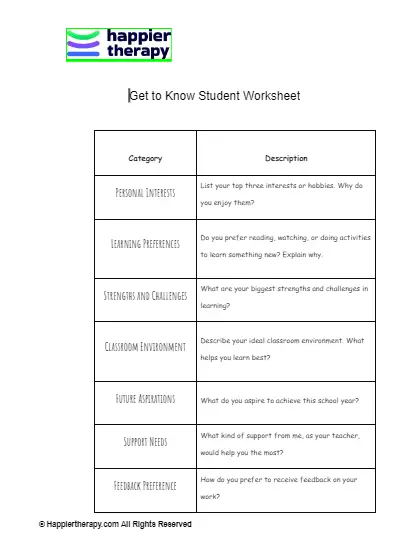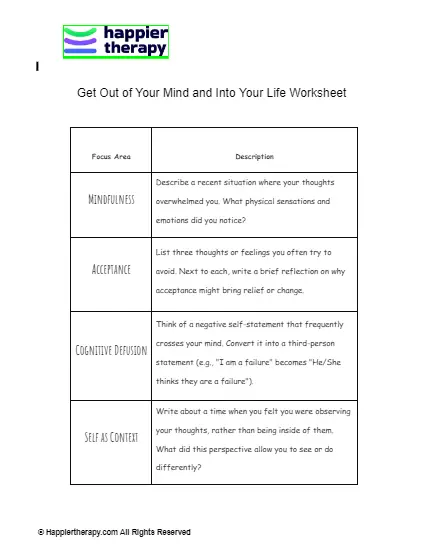NAT CBT Worksheet
Download Worksheet
What is the theory behind this NAT CBT Worksheet?
Negative Automatic Thoughts are certain patterns of negative thinking that were identified by Aaron Beck. Identification of these thoughts and how they affect one’s emotions and subsequent actions is an integral part of Cognitive Behavioral Therapy. Once an individual becomes aware of these negative thoughts they can begin to challenge them and minimise their negative effects on their emotions and behaviours.
How will the worksheet help?
The worksheet will help individuals identify their negative automatic thoughts based on the provided characteristics. It will also prompt them to make a conscious effort to replace that thought with a helpful alternative. It will help develop the habit of analysing negative thoughts and replacing them with helpful ones.
How to use the worksheet?
Instruct the client to use this worksheet whenever they feel negative emotions. Immediately jot down whatever thoughts they have going on through their mind. Analyse thoughts based on the given characteristics of NAT’s. Then make a conscious effort to replace it with a helpful alternative thought whether they believe in it or not.

 By
By


